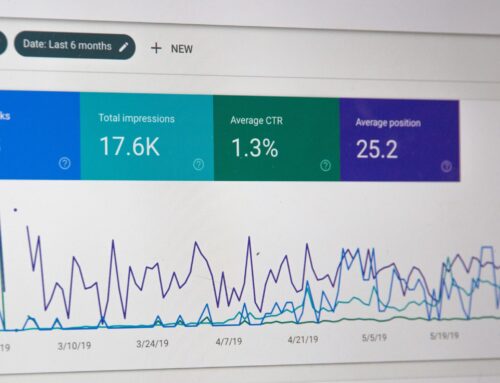 How many times have you found learning on your own difficult? Maybe you were reading a textbook, article, or journal. You read over some sections a few times to make sense of the words and jotted down some key points. Fast forward to a few days later, and you start to struggle to remember the information because you were never able to put it into practice.
How many times have you found learning on your own difficult? Maybe you were reading a textbook, article, or journal. You read over some sections a few times to make sense of the words and jotted down some key points. Fast forward to a few days later, and you start to struggle to remember the information because you were never able to put it into practice.
Those words stayed on the page, never became a part of your routine, and now don’t mean a whole lot. Learning new skills this way is so hard because it’s not the way our brain learns best. Luckily for us, researchers have been working to lay out just the right system to make new information stick.
Introducing the 70-20-10 model
The 70-20-10 model was developed in the 1980’s and breaks down where most of our learning takes place. Each number represents a percentage of how much information we retain from a certain type of learning. The model shows us the following:
70% of learning comes from experience
This is learning through doing. Our brain learns best when it’s able to make practical sense of the information it’s receiving. And this type of learning requires the brain to practice using new information. This can include challenges, simulations, and many other interactive tasks. Experiential learning is considered to be a form of informal learning.
20% of learning comes from social settings
Social learning is the sharing of information between people. Sharing that can include watching others do tasks, shadowing a mentor, or simply asking questions. This type of learning is considered informal because it’s usually not structured in any way. It can take place several times a day, or weeks at a time. Social learning is critical though, because it helps people learn a lot of the little things that are otherwise hard to teach.
10% of learning comes from formal settings
This is the type of learning shown in the opening paragraph. Formal learning generally consists of the facts, rules, data, and other information needed to begin learning. Think of reading a chapter from your programming textbook before a workshop or reading the instructions on how to build a table before picking up the tools. While this type of learning can only do so much on its own, it’s foundational for the entire learning process.
How to Use This to Boost Your Workplace
Make your learning more interactive
Within your workplace, there are several ways to tap into the methods that account for 70% of our learning. And you don’t need to turn your office upside down to put them into practice. Take advantage of eLearning by using gamification, simulations, and user feedback to ensure that there’s some interaction with the material. These features can help users practice and use the tools they’re learning in a tangible way. Don’t think that you need to take your employees to a workshop for them to hone their skills.
Encourage collaboration
 Tapping into social learning is easy and can bring so many benefits to your workplace. One of the smartest things you can do is to push trusted employees to mentor new hires. Since there’s so much to take in when entering a new space, having experienced colleagues take the initiative to help can be priceless.
Tapping into social learning is easy and can bring so many benefits to your workplace. One of the smartest things you can do is to push trusted employees to mentor new hires. Since there’s so much to take in when entering a new space, having experienced colleagues take the initiative to help can be priceless.
Additionally, you should prioritize building a work environment where asking for help is encouraged. Check up on your new hires consistently and make sure they have as much access to their coworkers as they need. Not only will this help them learn some ins and outs of the company, but a collaborative workplace is also a healthy and happy one.
Takeaways
Since many of us picture manuals or books when we think of gathering information, it can’t be stressed enough that these resources only account for around 10% of what we learn. Your workplace probably already uses formal learning in some way, so if you want to improve things, then you might need to look elsewhere. Experiential and social learning are two relatively simple and realistic methods you can use to take advantage of the way our brains learn. Although it’s not often the case in the workplace, revamping your learning to be more informal can bring all kinds of rewards to your business.




